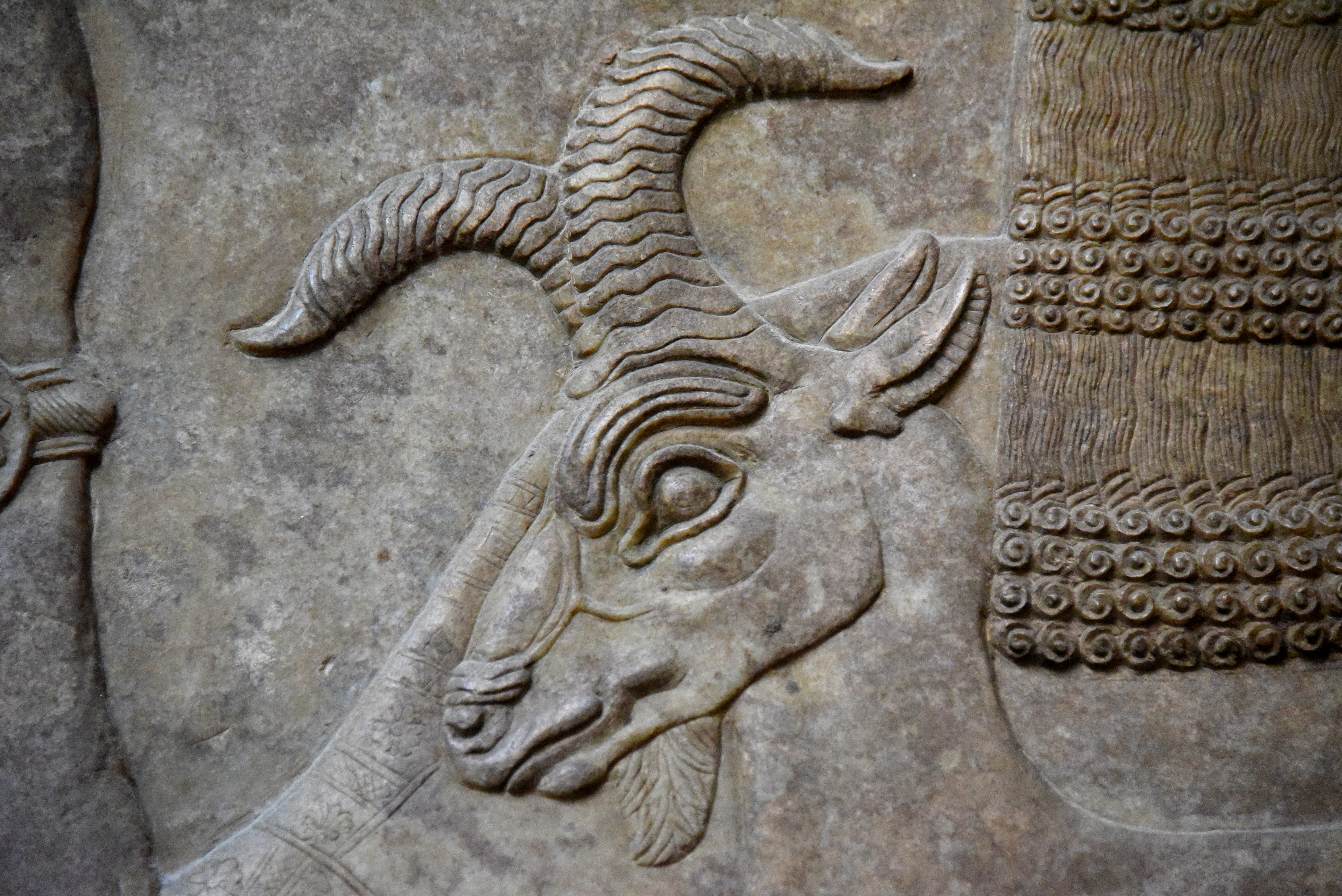Wall Reliefs: Assyrian Apkallus from Nimrud holding a Goat and Deer
When you enter Room 7 of the British Museum, after passing through two colossal lamassus, you are taken through time to the North-West Palace of the Assyrian King Ashurnasirpal II (883-859 BCE). This is the imperial palace of the King in Nimrud (ancient Kalhu or Biblical Calah; Mesopotamia, modern-day Iraq), the capital city at the heart of the Assyrian Empire. Room 7 is a long hall “decorated” with alabaster-bas wall reliefs from that palace. After being neglected for more than 2500 years, British archaeologist Sir Henry Layard and his workmen unearthed the remains of the North-West Palace in 1845. Layard shipped many reliefs on the Apprentice and these large and heavy slabs reached the British Museum in January 1849. I will publish a series of articles about these reliefs, addressing their finer details, which are not easily recognised.



